Up to now, my previous voyages had been aboard the RMS Oostra so how would things differ sailing the Stu Shipp?
I’d signed up to the expedition as a client but also as a participant on 360’s Aspirant Leader Program. This is both a blessing and a curse; it’s great to be given the opportunity to learn from such knowledgeable and experienced leaders as Rolfe and now Stu, but there is added pressure that comes with this. Simply put, if other clients summit then as a member of the leadership team, it would be somewhat rude of me to not be amongst them!
Why North-South Traverse?
To paraphrase JFK, we weren’t doing the North-South Traverse because it’s easy, but because it is hard. Whilst you can, of course, tick off the highest point in Europe from the South side it’s somewhat of a lesser mountaineering experience due to it being part of a major ski resort and thus having all of the facilities that accompany that. Rarely is load carrying of gear and supplies done and it’s commonplace for expeditions to make use of the Snowcat to take them up to as high as 5,100m on summit day. Compare that to the near 1900 meters of ascent from below 3,800m on the North and quickly the differences become obvious. Without a doubt, the relative tranquillity and barren beauty of the North side far usurps her more common-trod sister.
First Banyan
All but one of the group travelled on the same flight from Heathrow, first up was Dave followed quickly by Dee. I’d previously climbed Kilimanjaro with both of them 3 years earlier, so to celebrate the reunion we decided to have a beverage at the airport bar. We had hardly consumed much before the next members of the crew arrived, and soon after the next batch followed. There appeared to be a general unspoken agreement – it was party time, but the steaks would have to wait!
When our Captain arrived he radioed ashore an SOS message “Marni. Have you met any of this group? HEEEEEEEEEEEELP!!!”
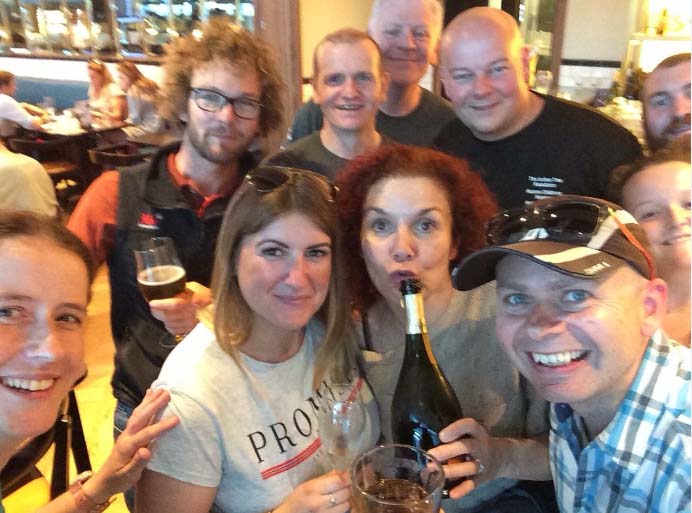
The Russian Ports
Our first flight took us to Sheremetyevo International airport where we passed 3 hours amongst the World Cup travellers and our first attempts at local communication. It became apparent that Jason and myself, with our limited Russian language skills, were now also translators for the crew – spasibo!
Next up was our short flight to Mineralnye Vody, and relatively quickly to the crews’ relief all of our luggage soon followed. We then loaded up a minibus with all of our gear and took the 3 hour trip to our hotel in the picturesque city of Pyatigorsk.
What’s a Shipp-mate?
Apart from a brief intro to each other the week before, Stu and I had never met, and so I was unsure exactly how my role would go with him. Obviously, he didn’t know what were my strengths, weaknesses, skills, knowledge etc. We had a discussion and set a plan of me giving some high-level group talks each day with Stu filling in the more technical detail. First up though was us carrying out the crucial task of kit checking the group. It was here that he announced me as his assistant.
Of course, crew members had questions to me about the role such as, “So you’re going to be a mountain guide?” That was a term that I felt was not really a good description, I wasn’t going to be navigating someone up this mountain by myself. A more accurate and better definition, in my opinion, was learning to become an Expedition Leader. Other key skills and responsibilities include being a liaison between clients and the local guides and crew, de-briefing clients, working and planning with the local crews, dealing with client anxiety and illness etc.
Base Camp (2,600m)
After a couple of days in Pyatigorsk with our local head guide, Oleg showing us the local scenery, eating the local cuisine and tasting the smelly mineral water the crew were all eager to commence our main objective. But before this we had one vital task to complete, establishing the rules for Shithead. The next day we loaded up the 4×4’s and began the journey to base camp. The majority of the journey is through the increasingly scenic landscape briefly stopping to take photos of our objective’s twin summits in the distance.

The final part has quite a kicker with a real fun off-road drive which includes a river crossing. We finally arrived and the decision was made that we’d stay in the huts rather than tents, this was to be our home for the next couple of nights. We went for a welcome 3-hour walk with Dee deciding to take a dip in the natural springs, plus visiting a spectacular waterfall.
High Camp (3,750m)
The crew’s first objective was to ferry all of our gear from Base Camp up to High Camp, this was to be done in two trips. The first had twin-objectives, not only was it to transport some gear, but it acted as a vital acclimatisation day, gaining about 1200m in altitude before returning to Base Camp.
It took about five hours to make the climb where we were greeted with tea and biscuits and then offloaded our gear into huts which would be our future home. The crew were pretty strong with very minor altitude symptoms experienced amongst the group, so morale was high. After an hour we began the descent back to Base Camp with the heavens deciding to open in the latter stages, the only inclement weather we were to have. We then settled down for dinner, Shithead and beers. Jason, myself and some of the local Russians then watched the World Cup match with Germany luckily beating Sweden in injury time to united boos!

Next day just before breakfast Dave gave me a bombshell, he had decided that he was not going to continue the journey back up the mountain, he felt that he’d reached his summit. I was gutted as he’d been so strong the day before and was looking good but his mind was never going to be changed and it was the correct decision for him. The crew set off quite sombre for a while but we soon got our focus back on our objective. The group split into two with the Captain and main group at the bow whilst at the stern was Paddy Power, one of the local guides and myself, this was a good exercise for my role. It was, in general, a tougher day but everyone made it back to High Camp and here would be our bed for the remainder of our time on the mountain.
Lenz Rocks (4,600m)
This was to be our final acclimatisation day before we would be attempting to reach the crest of the wave. This was named in honour of E.H. Lenz who was a member of the first expedition to Elbrus in 1829. Our Captain gave lessons on the winter skills required for this day and the crew were excited because from here on in we would be wearing crampons.
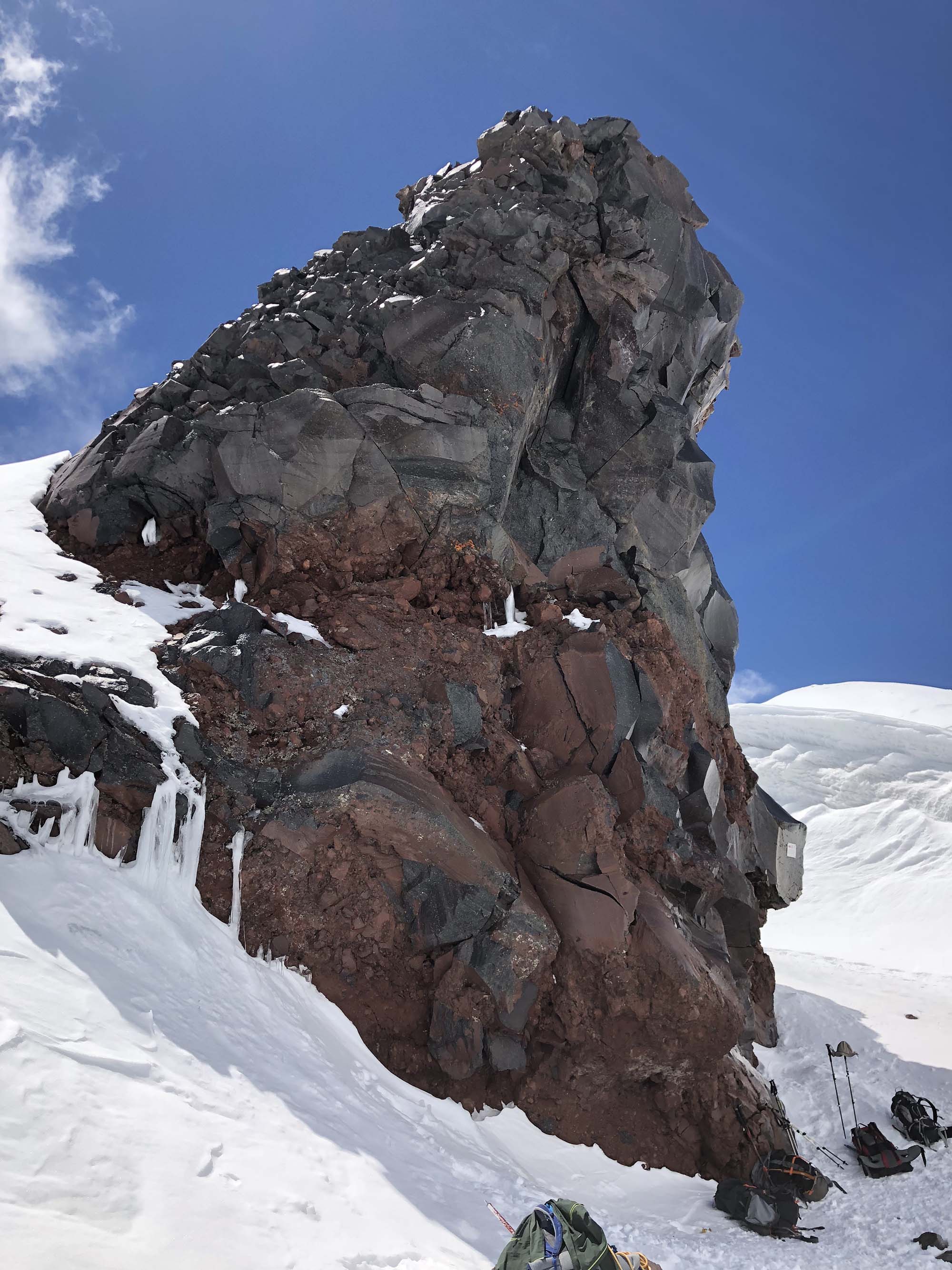
After donning our gear and forming rope teams we made our way up the increasingly steep ice slope. It was a blazingly hot day so F50 sunscreen had to be regularly applied, especially because the sun is significantly stronger at this altitude. The crew took around four hours to reach this goal, stopping off for a bit of Kendal mint cake and rest before making the two-hour descent to Base Camp. Along the way, Oleg, eager to speed up the descent, came out with the epically blunt motivational line “If you can talk… you can walk!”.
Rest day (3,750m)
Whilst this is branded as a rest day it is anything but. The summit attempt is to be made at midnight so preparation is required, this includes decisions on what gear to carry, which gear to get carried down, what clothing to wear and focusing on the correct mental state. However, the best part of the day is walking the plank, also known as practising ice axe arrest.

This, in essence, is being thrown down a 60-degree slope in progressively more unfortunate directions, starting off face down and forwards before gradually progressing to face up and backwards.
A second bombshell was then thrown at the crew when Paddy Power announced that he had reached his high point. Plans were made for him to make the long descent down the mountain back to Base Camp and then the journey to meet us in Cheget.
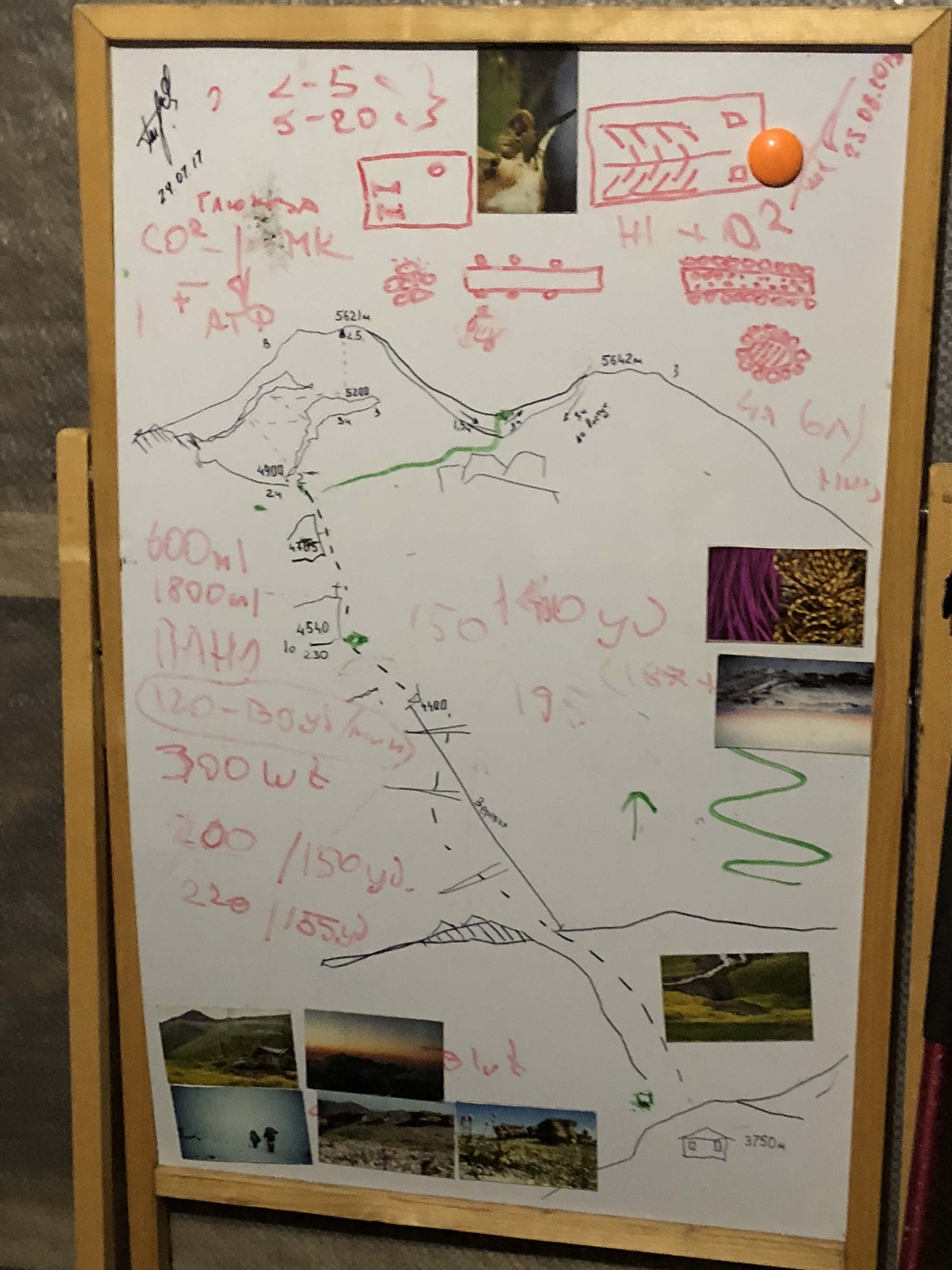
After having our evening meal early, followed by a few games of Shithead the crew retired back to their cabin for some zeds before the push over the top.
Summit Day (5,642m)
I think everyone was actually already up and awake before the 11 pm alarm call. We then had breakfast to get as many vital calories as possible, double checked gear and water. What I did note was how unexpectedly warm it was, even at midnight. So with this in mind and not wanting to overheat, as that causes sweat which is never good I decided to pack my down jacket in my rucksack and my gloves in my pockets.
After tracing our way in the dark to crampon point, putting them on and then dividing into the three rope teams we then retraced our steps under a clear sky towards Lenz Rocks. We made good time, about four hours to get there and it was only at that point that I put on my gloves, and that was just the inners. Whilst on the plan it looked like the route would flatten a little, this was completely misleading. If anything things got steeper all the way to the traverse. Well before this time we’d already removed our head torches as the sun gradually said hello and we were welcomed with stunning views of many big mountains far below us.
We took a refuel break whilst decisions were made to either take the high route or instead take the traverse. The overriding factor here was safety, we needed to ensure that the avalanche risk on the traverse was low. The conditions looked good and we had arrived nice and early before the sun had had much of an effect. After confirming conditions we began the long trudge up, avoiding the various crevasses that greeted us along the way. After several hours with the sun blazing, the temperature on the notoriously cold Elbrus was over 40 degrees, we were being burnt to a crisp and it was difficult to take in sufficient fluids. After a total of ten hours and a few delays with sickness the whole summit team made it to the saddle at 5,300m, all were pretty tired but in very good spirits. We decided to take an extended break whereby we could take on further much-needed calories and refocus for the final push. It was quite surreal sitting between the iconic twin peaks of this awesome mountain. Luke and Katie decided to call it a day which was totally understandable as it had been very tough and we still had at least another 2-3 hours to climb the final 300m.

The final six (I’m not talking X-Factor!) began the final ascent, once we reached the main slope we removed our rucksacks and then inched our way towards the final goal, each step was in itself a major event, but the longer it went the more that we all began to realise, we were going to do it. After a few false summits the final slope came into view, but even this still took another 30 minutes to reach, and then suddenly after 13 hours, we all reached the highest point in Europe, the summit of Mount Elbrus. Big cheers, hugs, photos and of course the call to Helen and Marni at Office 360, which produced even louder cheers, rumoured to have been heard through the valleys of the Pyrenees! Remarkably throughout the whole expedition, I had not once worn my down jacket, that must surely be an Elbrus first!
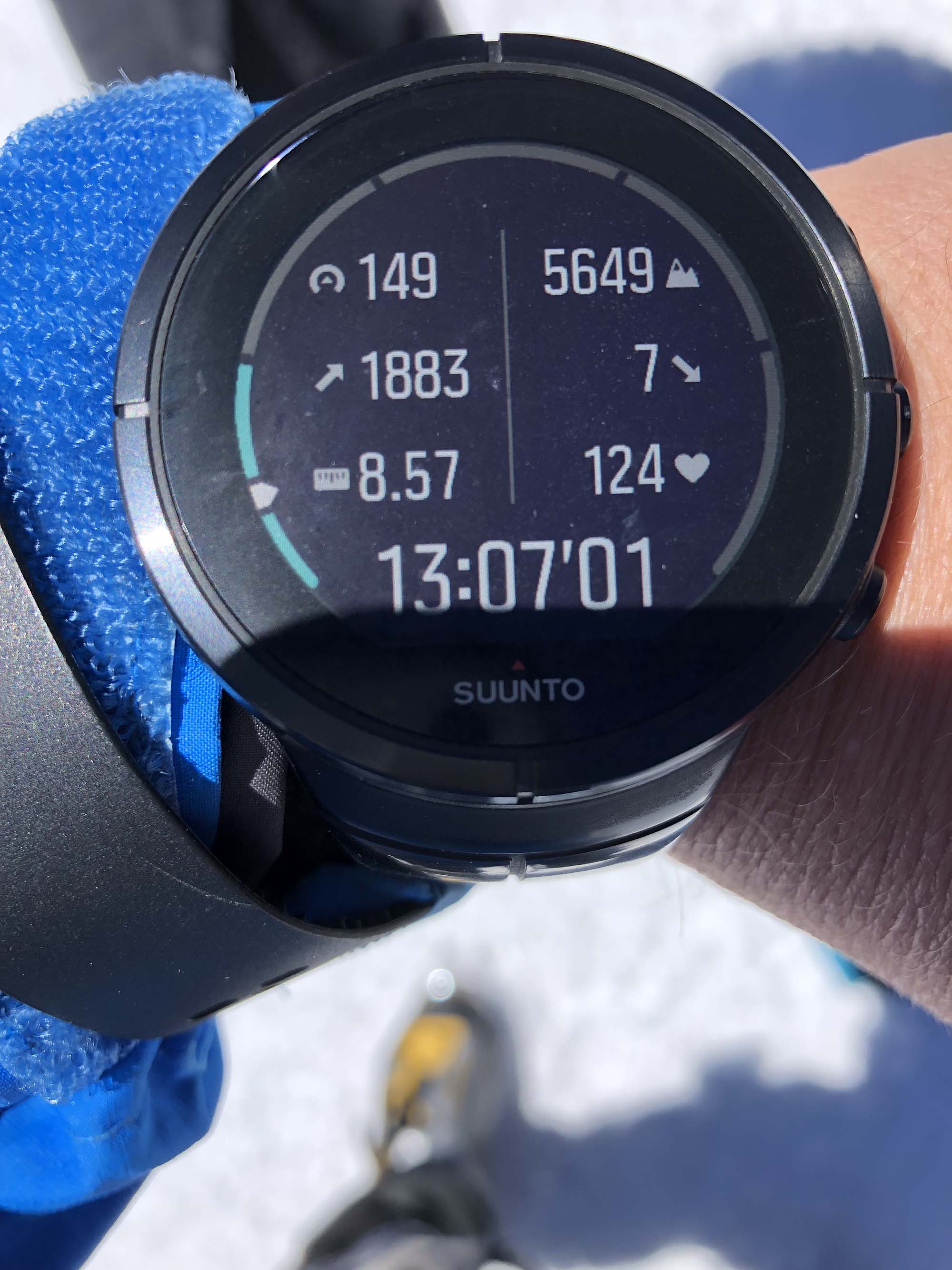
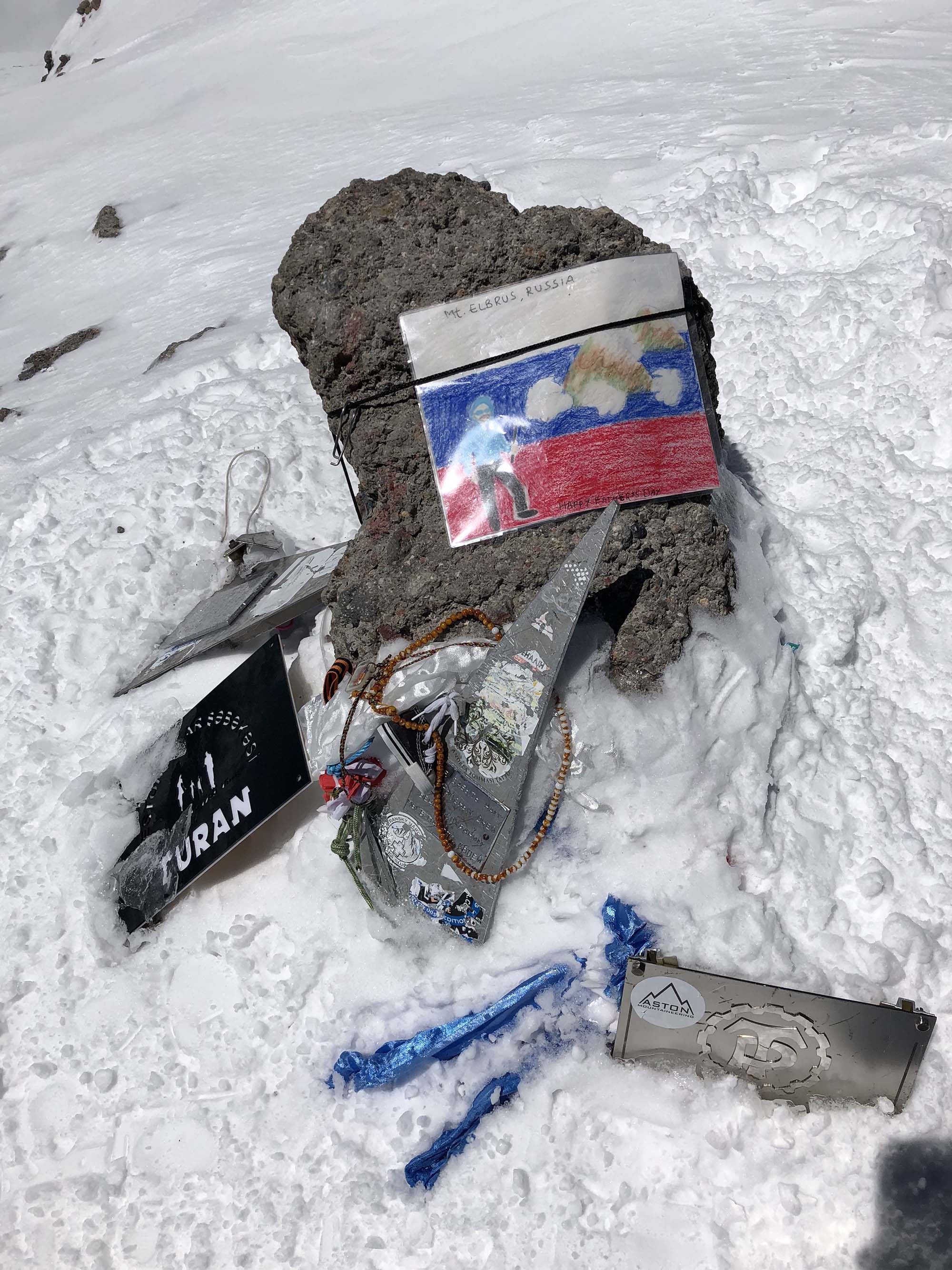
Big Banyan
After such an immense experience that we all shared together and the welcome return of Dave and Paddy Power, it was time to celebrate, Russian style. Needless to say, the odd bottle or plenty of the local specialities were consumed, mildly diluted with a banquet. During the festivities, the famous Double Dee awards were presented to each member of the team by Dee and Dave along with the expedition certificates and t-shirts from Oleg. Finally, with gyro failure, the merry crew returned to our hotel port and a well earned sleep.
What next?
Well, the next port this Shipp-mate will be calling at is in Tanzania, to re-ascend the majestic Kilimanjaro and ahoy to the awesome local 360 team again. According to the Captain, he’s having a holiday and it’s going to be my boat. So as they say in Russia… Moscow
PS – There is NO river!